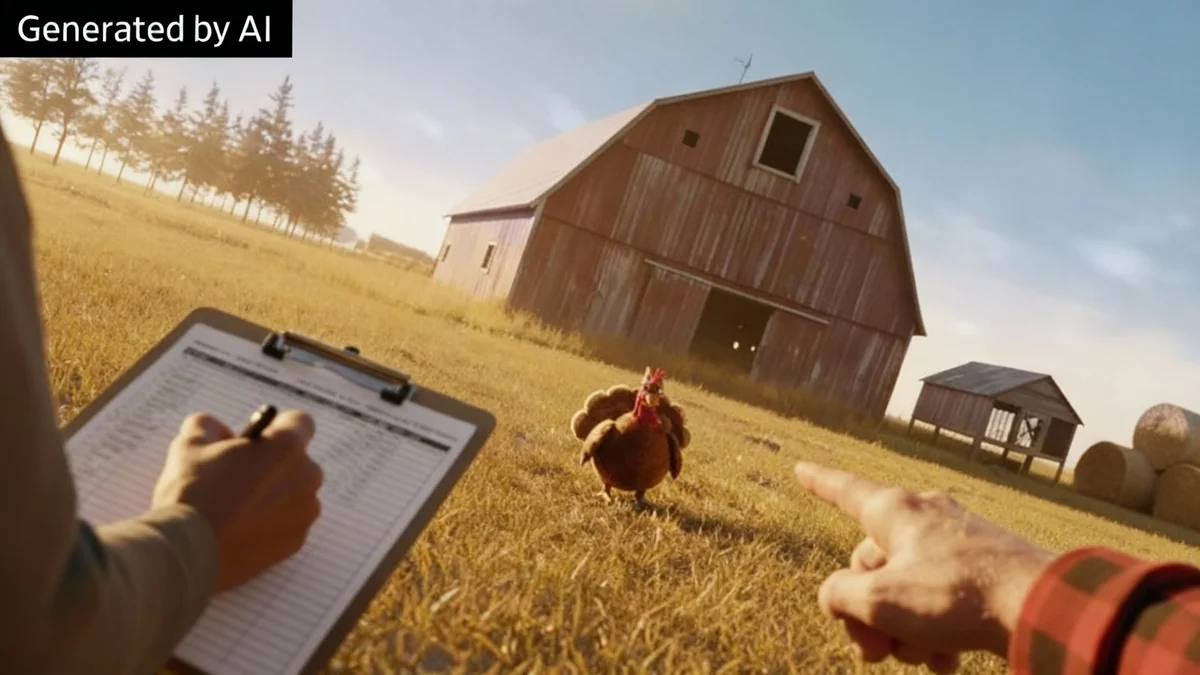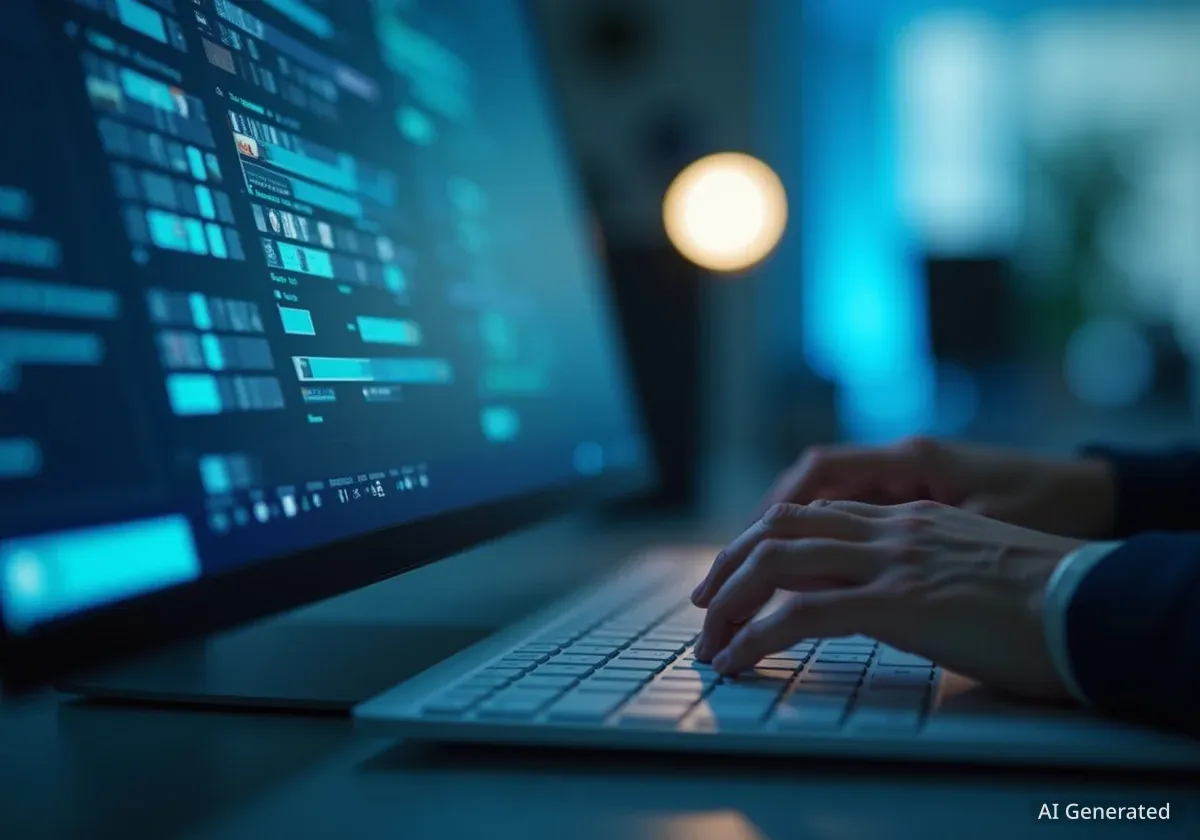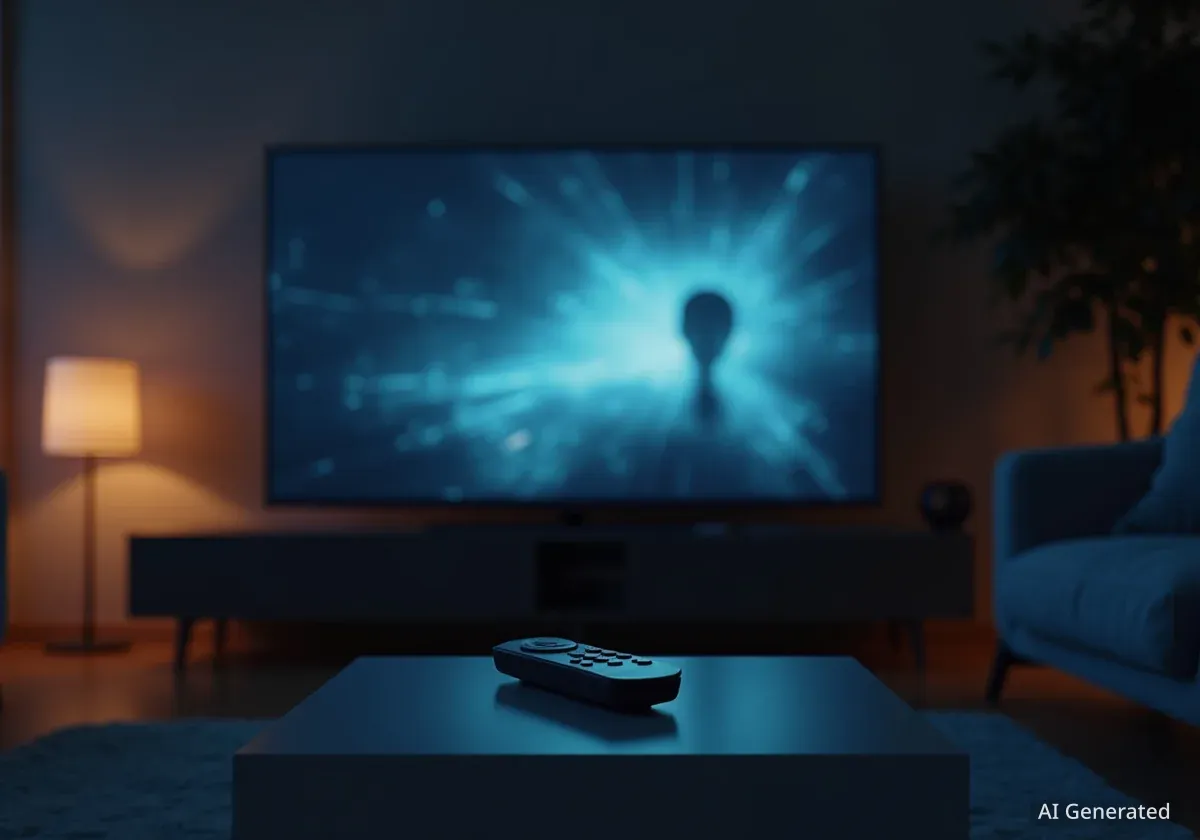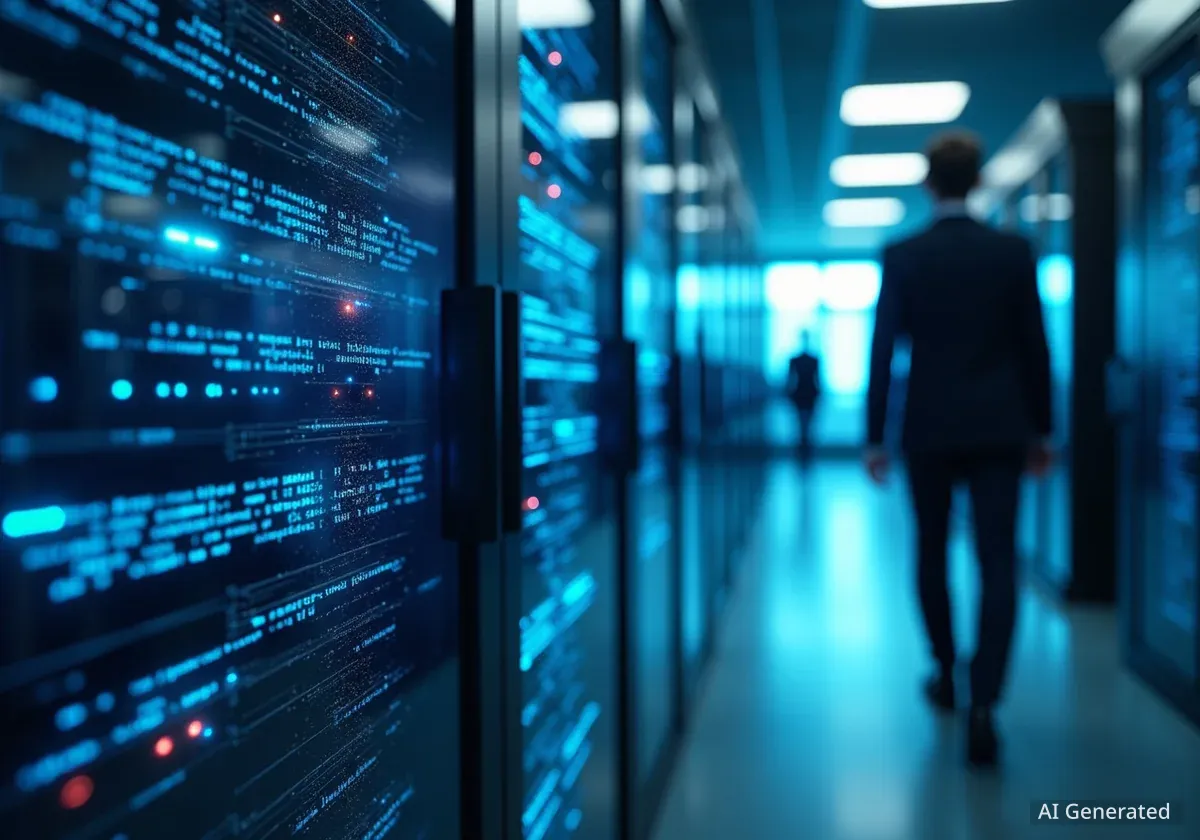Google has launched its first-ever advertising campaign created entirely with its own generative artificial intelligence tools. The new ad, featuring an animated turkey, marks a significant step for the tech giant as it begins to use its advanced AI, known as Veo 3, for its own commercial marketing efforts.
The commercial is part of the company's broader "Just Ask Google" campaign and will be distributed across television, digital platforms, and movie theaters. This move places Google among a growing list of brands experimenting with AI-driven video production for major campaigns.
Key Takeaways
- Google released its first commercial made completely with its generative AI tool, Veo 3.
- The ad features a plush turkey using Google Search's AI Mode to plan an escape.
- The company chose not to explicitly label the advertisement as being created with AI.
- The campaign aims to make AI technology seem more approachable to a broad consumer audience.
A New Era in Advertising Production
The advertisement depicts a plush, toy-like turkey experiencing pre-Thanksgiving anxiety. To find a solution, the character uses the AI Mode in Google Search to find a destination that does not celebrate the holiday, ultimately planning an escape. The animation style is deliberately reminiscent of classic stop-motion holiday specials, a creative choice intended to evoke nostalgia.
This aesthetic also serves a practical purpose: it helps Google sidestep a common pitfall of AI-generated content known as the "uncanny valley." This phenomenon occurs when AI-generated humans are realistic but contain subtle imperfections that audiences find unsettling. By opting for a stylized, non-human character, the company avoided this potential issue.
According to Robert Wong, a vice president at Google Creative Lab, the company's in-house marketing group, the creative concept was developed first, and the decision to use AI tools like Veo 3 came later. A second, Christmas-themed installment is reportedly planned to follow this initial release.
What is Google's Veo 3?
Veo 3 is Google's text-to-video generative AI model, a direct competitor to tools like OpenAI's Sora. It allows creators to generate high-quality, coherent video clips from simple text descriptions. While other companies, such as vitamin maker Ritual, have already used Veo 3 for their ads, this is the first time Google has used its own technology for a public-facing campaign.
Strategy Behind the AI-Powered Campaign
The decision to use AI for this campaign is part of a larger strategy to familiarize the public with Google's integrated AI features. Marvin Chow, vice president of marketing for Google AI, explained that the "Just Ask Google" campaign is designed to position these tools as helpful and easy to use, particularly for individuals who may feel apprehensive about artificial intelligence.
Interestingly, Google has opted not to prominently label the ad as being made with AI. Wong suggested that the focus should be on the quality of the final product, not the tools used to create it.
"People in marketing sometimes seem 'drunk on AI,'" Wong said. He noted that consumers are generally not concerned with whether an ad was made with AI, drawing a parallel to how no one questions if a photo has been edited with Photoshop.
This perspective suggests a future where AI is just another standard tool in the creative professional's toolkit, rather than a novelty to be highlighted.
Did you know? While this is Google's first fully AI-generated ad released to the public, the company has previously used Veo to create early versions or prototypes of commercials, which were then refined and produced with human actors and directors.
The Broader Implications for the Creative Industry
The release of Google's AI-generated ad raises important questions about the future of advertising and creative work. As AI tools become more sophisticated, their role in content creation is expected to grow significantly. Wong acknowledged the common criticisms that AI-generated content can feel soulless or low-quality, a phenomenon he referred to as "AI slop."
However, he pushed back against the idea that the technology itself is the problem. He maintained that the responsibility for creating compelling advertising lies with the people behind the campaign, regardless of the tools they use.
- Efficiency: AI can rapidly generate concepts and visuals, potentially shortening production timelines.
- Cost: For certain types of animation or effects, AI could reduce the need for expensive shoots or complex CGI.
- Creativity: AI can serve as a collaborative partner, helping creatives explore ideas that might have been too difficult or time-consuming to visualize before.
Wong predicted that AI will eventually become as commonplace in the creative process as software like Photoshop is today. He emphasized that Google does not plan to make every ad with AI but will integrate it as a valuable tool. "There were bad ads before AI and there’ll be bad ads after AI," he stated, reinforcing that human creativity and judgment remain the most critical elements.





